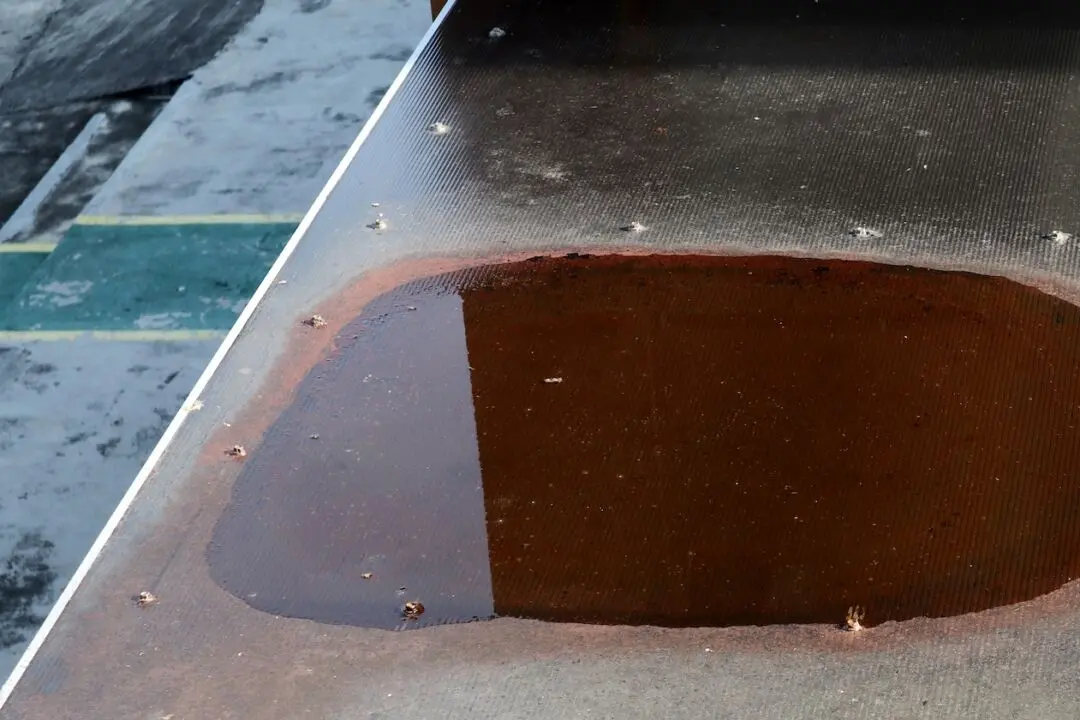Dear James: I just moved into a house and bought a toolbox and general woodworking/carpenter hand tool set. Do you have any general advice on how to use the various tools? —Jenny L.
Dear Jenny: Woodworking tools can be used for much more than just traditional cabinetmaking types of projects. Many do-it-yourself new and repair projects around your house will involve working with wood and other woodlike materials.





